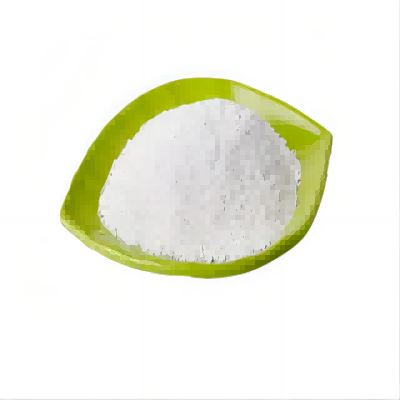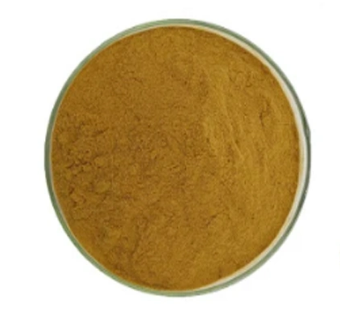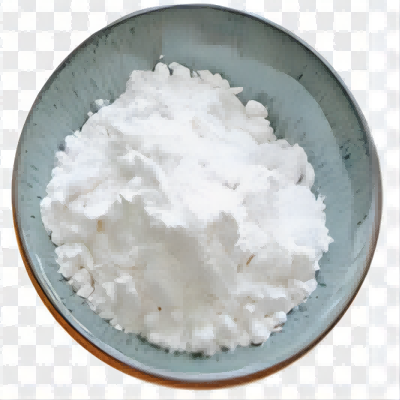3,3-Diphenylpropionic acid CAS:606-83-7
3,3-Diphenylpropionic acid serves several important functions across different industries, primarily attributed to its structural characteristics and reactivity. Organic Synthesis: In organic chemistry, 3,3-diphenylpropionic acid is often used as an intermediate in the synthesis of more complex molecules. Its carboxylic acid functionality enables it to participate in various reactions, including esterification, amidation, and cyclization. These reactions can lead to the formation of novel compounds with desirable properties, making it a valuable building block in synthetic pathways. Pharmaceutical Applications: The compound's unique structure makes it a candidate for drug development. Researchers may explore the biological activities of derivatives derived from 3,3-diphenylpropionic acid, especially in the search for anti-inflammatory or analgesic agents. Compounds containing phenyl groups are known to exhibit diverse pharmacological activities, potentially leading to the discovery of new therapeutics. Chiral Auxiliary: Due to its bulky diphenyl substituents, 3,3-diphenylpropionic acid can act as a chiral auxiliary in asymmetric synthesis. Chiral auxiliaries are essential for creating enantiomerically pure compounds, which are critical in pharmaceuticals. The incorporation of this compound into synthetic routes allows chemists to control stereochemistry effectively and obtain desired configurations in target molecules. Material Science: The compound's physical properties may also lend themselves to applications in material science. For instance, it could be explored in developing polymers or resins that require specific mechanical or thermal characteristics. Its unique bulkiness may contribute to enhancing the performance of materials in coatings, adhesives, and other composite forms. Research Tool: In academic research, 3,3-diphenylpropionic acid may be utilized as a reference compound or standard in analytical studies. Its distinctive chemical properties allow researchers to investigate reaction mechanisms, solubility behaviors, and interactions with other compounds in various settings. Overall, 3,3-diphenylpropionic acid represents a versatile compound with significant potential in organic synthesis, pharmaceuticals, material science, and research applications. Its role as an intermediate and chiral auxiliary makes it particularly valuable in developing new chemical entities and advancing synthetic methodologies. Continued exploration of its applications can lead to innovative solutions in both industrial and academic settings.



| Composition | C15H14O2 |
| Assay | 99% |
| Appearance | white powder |
| CAS No. | 606-83-7 |
| Packing | Small and bulk |
| Shelf Life | 2 years |
| Storage | Store in cool and dry area |
| Certification | ISO. |









